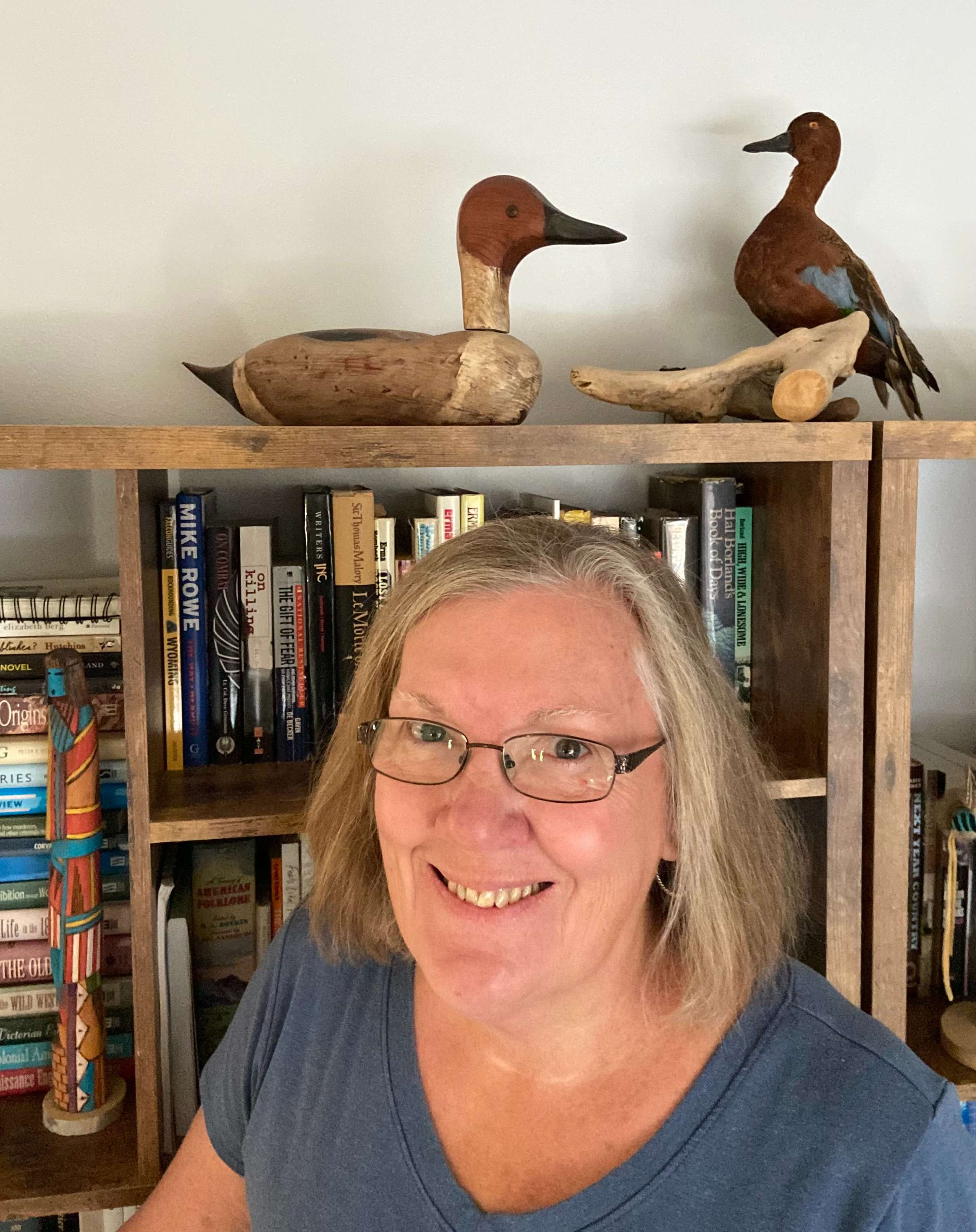By KAREN MADORIN
In 1992, I completed my Master’s Degree research, focusing on the History of Ellis Schools from 1873 to 1966. Due to time limitations, the end result isn’t comprehensive; however, I learned much about Ellis. Many folks shared resources, including Maxine Bradbury with her treasure trove of local history, Ellis Public Library, and USD 388’s school board minutes. I share these stories in hopes others add to them. In addition, I encourage researchers in other communities to gather resources that add details to our regional story. Who knows when one bit of information listen historians connect important dots.

Prior to 1867, Ellis and the surrounding area provided range and forage for huge buffalo herds that followed seasonal migration patterns. The Saline, Smoky Hill, Big Creek, and other drainages watered these beasts and native tribes following them to harvest what they needed for survival and trade. You could compare this region to a modern-day Box Store offering food, shelter, clothing, tools, weapons, and other necessities to those who called it home. Clearly, public schools played no role in this lifestyle.
Following the Civil War, adventurers and individuals unmoored by national struggles sought western lands where they could realize their dreams. Inspired by this westward movement, entrepreneurs built railroads to link markets to buyers of agricultural products. These businessmen also acquired blocks of land they used to motivate settlement. By 1867, the Union Pacific Railroad established a water station in or near what is now Ellis.
Circa 1928 or 51 years after that resource appeared, resident Jenny Martin wrote The Early History of Ellis Kansas, which recorded that a family with children settled in the community in 1870, three short years after the railroad established that water station. Seeing a need and valuing education, Mrs. Dan Moore held a short two term school in her home in 1870 and 1871.
Mrs. Moore’s initiative paid off and the community banded together to build a small wooden school house on the north side of the UPPR tracks. Miss Fanny Hemminger taught that first year. According to pioneer Jessie Ormerod, an old red stove stood in a corner near the teacher’s desk. She mentioned the children huddled around it in cold weather.
She also recalled a water bucket located on a bench in the room. Without exact detail, I assume the teacher added fuel to the stove and filled the bucket each morning. Jessie’s recollection stated the children took frequent drinks from the dipper in the bucket and left a puddle of water constantly standing on the floor. Mrs. Ormerod added that since there was no janitor, the teacher appointed two girls to sweep the building. She found it ironic that the assigned girls considered this task an honor.
Jessie also noted that the students wrote their lessons on slates and that girls kept little bottles of colored water and white rags to clean their slates. In contrast, she shared that boys used their coat sleeves to wipe their slates.
Please check boxes and trunks in attics and sheds; your family may have saved letters, diaries, or record books that add details to local history, snippets that offer a peek at our forebearers’ dreams for their future.
Karen Madorin is a retired teacher, writer, photographer, outdoors lover, and sixth-generation Kansan. After a time away, she’s glad to be home.






